Great produkt! Great sound, well made. Using it in my car and improves sound vastly. Highly recommended! Reconnects right away when I unlock the car
New Customer?
Create your accountNo products
Prices are tax included
FIIO BTR5 2021 Balanced Headphone Amplifier DAC Bluetooth 5.0 Receiver 2x ES9219P CSR8675 XMOS 32bit 384kHz DSD256 MQA
By buying this product you get 13 loyalty points
This is the 2021 version of the FIIO BTR5. This new version now benefits from a dual ES9219P DAC for even higher performance, as well as MQA (Renderer) support.
FiiO BTR5 2021 usb-c
Balanced Headphone AmplifierDAC Bluetooth 5.0 Receiver NFC 2x ES9219P CSR8675 XMOS XUF208

The FiiO BTR5 is a compact, portable headphone amplifier, offering excellent design quality and versatility for enhanced listening at home or on the go.
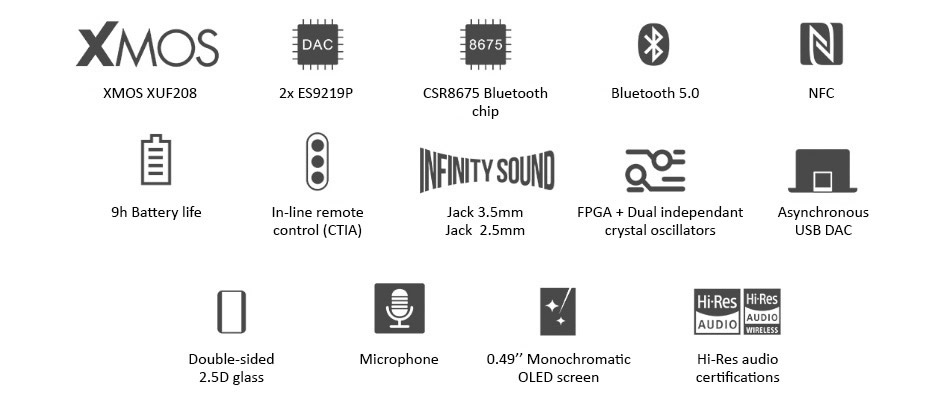
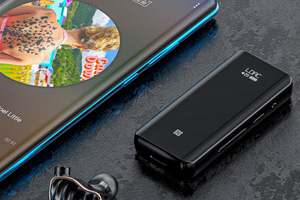
Bluetooth 5.0
A Bluetooth device, such as your smartphone, can be turned into a wireless Hi-Res system by simply connecting it to the BTR5. With support for Bluetooth version 5.0 and codecs such as aptX, aptX HD, aptX LL and LDAC, the wireless amplifier ensures high quality sound reproduction.
Qualcomm CSR8675 Bluetooth chip
This Bluetooth connectivity is provided by a Qualcomm CSR8675 chip with advanced audio capabilities such as 24-bit audio stream processing or the presence of a 120MHz DSP. Whether you use the BTR5 to watch videos, play games or listen to music, this Bluetooth chip provides excellent sound quality.


ESS ES9219P Dual DAC
The digital-to-analog conversion stage is based on a pair of ESS ES9219P DAC, allowing efficient decoding of audio signals from your playback device. An FPGA is associated to these DACs, allowing the reception of signals but also the management of clocks in order to reduce jitter.
FPGA & Clocks
The FPGA is associated with two oscillators 45.1584MHz and 49.152MHz allowing an important jitter reduction and a precise reproduction of the audio signals, whatever the sampling rate of the played file.

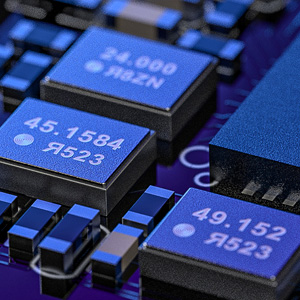
With its precise clock management system and synchronous mode, the BTR5 takes advantage of the full potential of the DAC ESS Sabre ES9219P for incredibly accurate and faithful playback. The digital volume control combined with the adjustable gain level allows for precise volume control and preserves the dynamic range of your music. In balanced mode, the BTR5 is capable of delivering 2x220mW at 32Ω and 7.6Vpp at 32Ω.
USB XMOS XUF208 Interface
The USB interface is managed by an XMOS XUF208 chip, which decodes the audio streams passing through this connection. The BTR5 can also be connected in USB DAC mode via its USB-C connector. It is then able to decode PCM streams up to 32bit 384kHz and DSD streams up to the native DSD516.
The USB DAC mode offers two modes of use, driverless and high performance. The latter requires the prior installation of a driver available in the "Download" tab of this page.
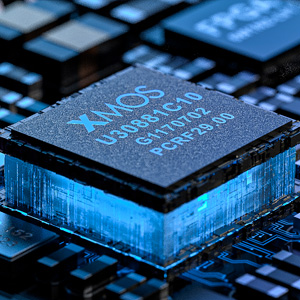
A neat architecture
The BTR5 offers both an unbalanced output on 3.5mm jack and a balanced output on 2.5mm jack. It also benefits from a balanced architecture, each channel being managed independently with its own DAC and amplifier for a pure and rich sound.
When the BTR5 is in normal operation and the 3.5mm jack and 2.5mm jack outputs are connected simultaneously, only the 3.5mm jack output comes out of the sound.
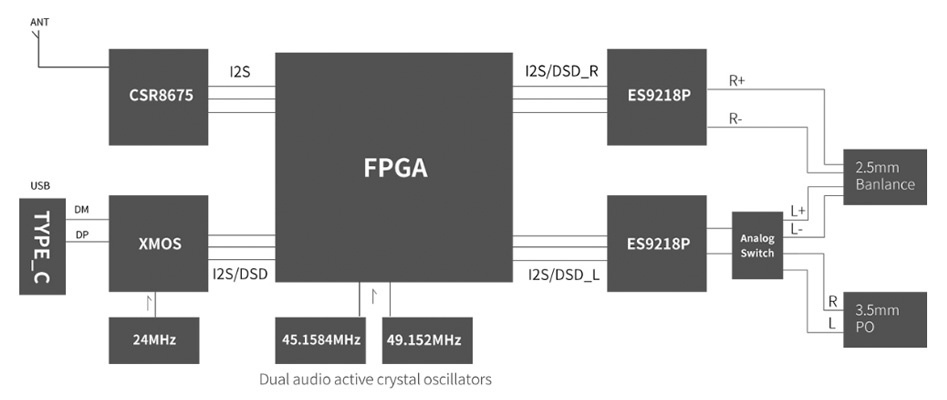
OLED Screen
The BTR5's front panel features a 0.49" monochrome OLED display with 64 x 32px resolution that displays pairing mode, current connection, call status, battery level, encoding format and current volume level. This screen also allows you to view and adjust the charging status, activate the car mode, change filters and equalizers, etc.
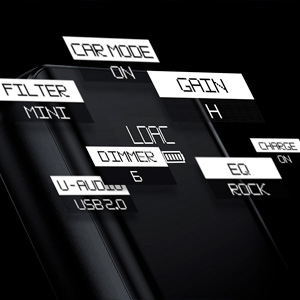
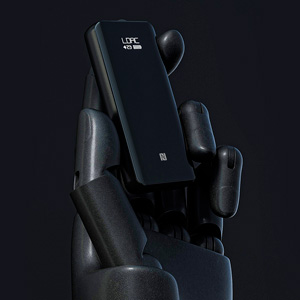
Aluminium and Glass Housing
With its elegant aluminium alloy case, curved glass fronts and oil-repellent film, the BTR5 offers an excellent grip while limiting fingerprints.
Considerable autonomy
With its 550mAh battery, the BTR5 takes only an hour and a half to fully charge and offers a 9-hour battery life.
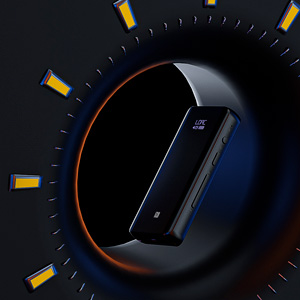
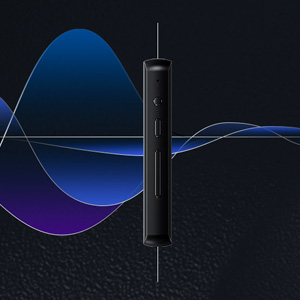
Microphone and cVc 8.0
The BTR5 features a high-sensitivity omnidirectional microphone and also allows the use of a headset microphone via its 3.5mm CTIA jack. When you connect this type of headset, the BTR5 automatically understands that you want to use this headset and switches the microphone. What's more, no matter which microphone you use, you benefit from cVc 8.0 noise cancellation technology, which intelligently and automatically adjusts the microphone gain while suppressing background noise.
If you use a WTPO headset, the audio will work perfectly but the proper functioning of the microphone and the headset's remote control are not guaranteed.
Independent volumes
When you connect the BTR5 to your smartphone, the volumes of the two devices remain independent, allowing you to adjust the volume level more precisely. The BTR5 also stores your volume level so you don't have to make adjustments every time you use it.
When the BTR5 is paired to an iOS device, you can see the battery level in a widget.
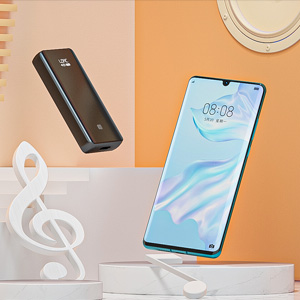
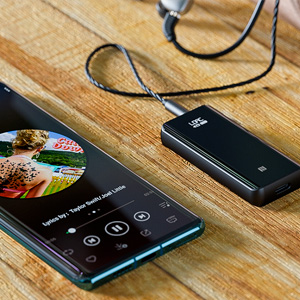
Smart compagnon
When you connect your headphones to the BTR5, the BTR5 automatically detects your headphone type and automatically adjusts the output level. When you unplug your headphones, playback is paused and the unit switches to low-power mode to maintain maximum battery life.
NFC Connection
The BTR5 incorporates an NFC chip allowing you to simply connect a compatible device by approaching it to the BTR5, thus avoiding the manual pairing process.

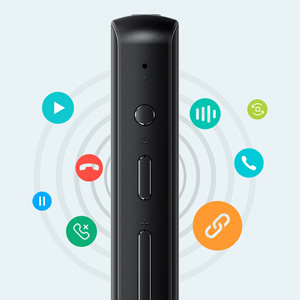
Multifunction button
The slice of the BTR5 incorporates a multi-function button that allows you to pair a device, play or pause a track, answer a call or open the voice wizard.
Remote control via the application
FiiO offers its dedicated application FiiO Music, allowing you to control the BTR5 from your smartphone, the channel balance, the selection of a low-pass filter or the adjustment of the 10-band EQ.
The application's equalizer does not work with the LDAC codec.
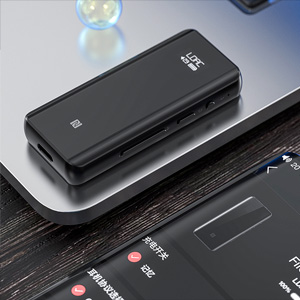
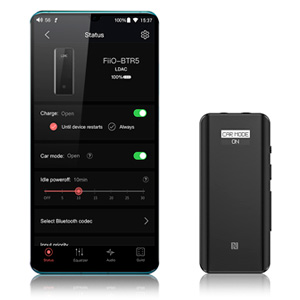
Flexible USB DAC mode
When the BTR5 is connected to your smartphone in USB DAC mode, it can be set up so that it does not need to charge your phone. The dedicated car mode allows the BTR5 to turn on or off at the same time as your car.
Many settings
The FiiO Music application allows you to access many settings to adjust the sound reproduction to your listening and headphones. These settings include channel balance, 8 audio filters and a 10-band equalizer. It is also possible to adjust the harmonic distortion for a cooler or warmer sound.
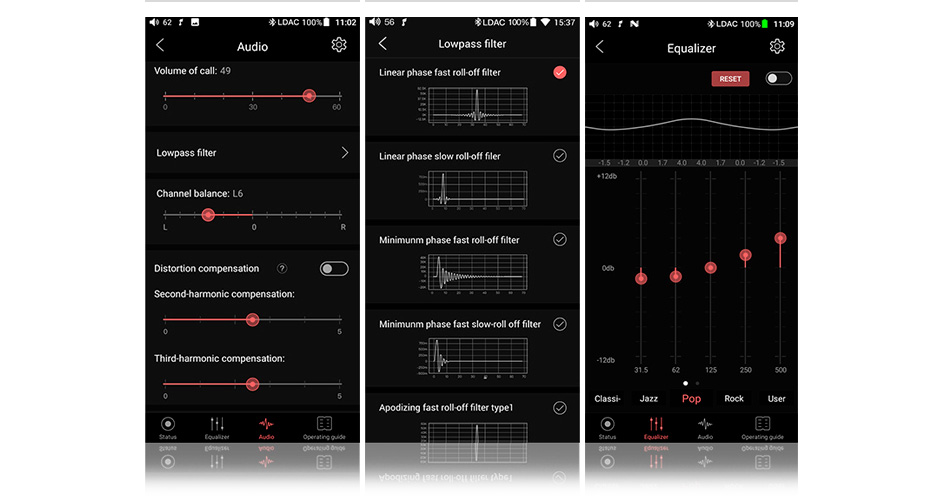
Convenient to transport
The BTR5 is delivered with a 360° shell that protects the BTR5 but also allows for easy transport thanks to a detachable clip. In addition, the BTR5 is compatible with external microphones and remote controls, so you can continue to use it even when it's in your pocket.
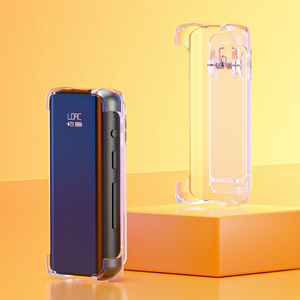
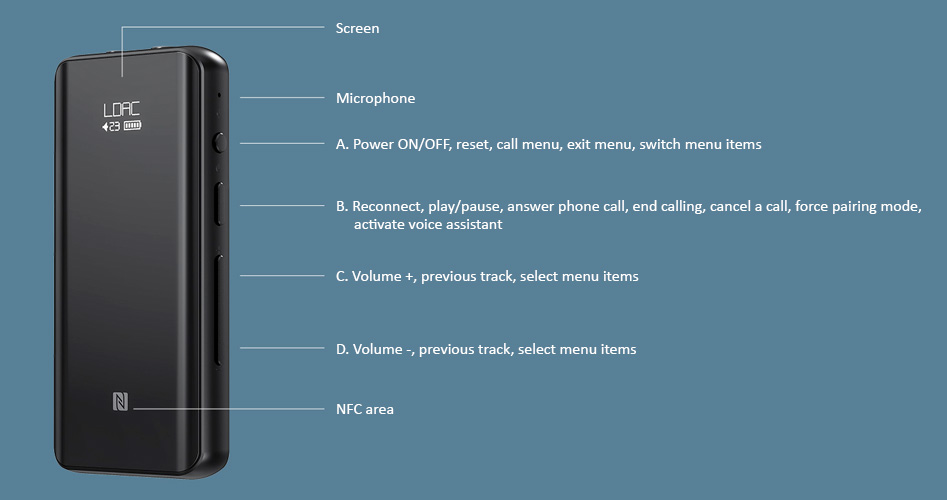
Outstanding versatility
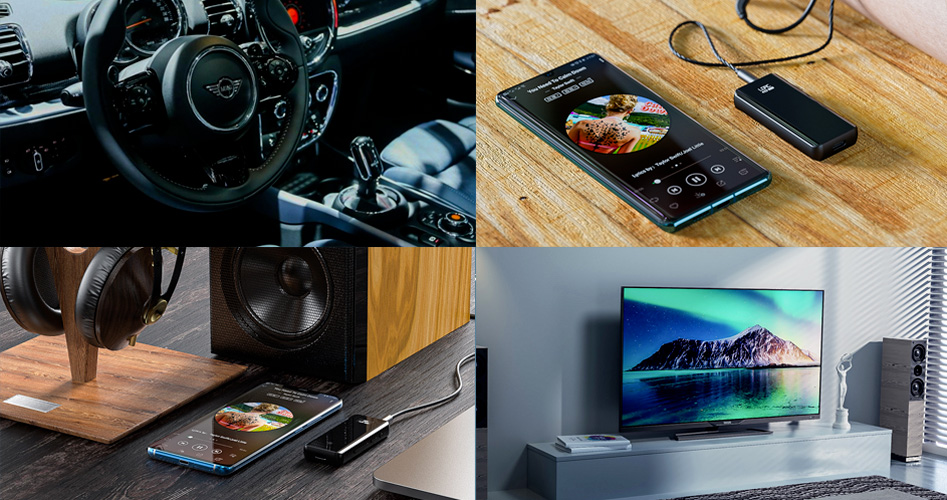
Technical characteristics
| Specifications | |
|---|---|
| Product type | Portable amplifier |
| Connectivity / Connectics | Bluetooth USB-C Jack 3.5mm Balanced Jack 2.5mm |
| Bluetooth version | 5.0 |
| Supported Bluetooth codecs | SBC, AAC, aptX, aptX HD, aptX LL, LDAC |
| Bluetooth chip | CSR8675 |
| DAC chip | 2x ES9219P |
| USB Interface | XMOS XUF208 |
| Transmission distance | 10m |
| Supported sampling rates | PCM up to 32bit 384kHz DSD up to DSD256 native MQA 16x (Renderer) |
| Gain setting | High (H) Low (L) |
| Volume setting | Bluetooth : 32 step USB DAC : 60 step |
| Output power | Jack 3.5mm : 2x80mW @ 32Ω Jack 3.5mm : 2x90mW @ 16Ω Balanced Jack 2.5mm : 2x240mW @ 32Ω Balanced Jack 2.5mm : 2x240mW @ 16Ω |
| SNR | Jack 3.5mm : -118dB (32Ω, A-Weighted) Balanced Jack 2.5mm : -122dB (32Ω, A-Weighted) |
| Noise floor | Jack 3.5mm : ≤ 2uV Balanced Jack 2.5mm : ≤ 2.2uV (A-Weighted) |
| THD+N | Jack 3.5mm : ≤ 0.003% (LDAC, 1kHz, A-Weighted) Balanced Jack 2.5mm : ≤ 0.002% (LDAC, 1kHz, 32Ω, A-Weighted) |
| Output impedance | Jack 3.5mm : ≤ 1Ω (charge 32Ω) Balanced Jack 2.5mm : ≤ 2Ω (32Ω load) |
| Channel separation | Jack 3.5mm : 79dB Balanced Jack 2.5mm : 117dB (1kHz/32Ω) |
| Frequency response | 20Hz - 20kHz (aptX) 20Hz - 40kHz (LDAC) |
| Amplitude | Jack 3.5mm : 1.6V (32Ω, THD+N < 1%) Jack 3.5mm : 1.8V (no load) Balanced Jack 2.5mm : 2.8V (32Ω, THD+N < 1%) Balanced Jack 2.5mm : 3.6V (no load) |
| Crosstalk | Jack 3.5mm : ≥ 79dB (32Ω, 1kHz) Jack 3.5mm : ≥ 95dB (no load, 1kHz) Balanced Jack 2.5mm : ≥ 118dB (32Ω, 1kHz) Balanced Jack 2.5mm : ≥ 119dB (no load, 1kHz) |
| CTIA Control | |
| NFC | |
| Battery | 550mAh |
| Autonomy | Jack 3.5mm : 9h Balanced Jack 2.5mm : 7h (AAC) |
| Charging time | 1.5h |
| Recommended | Jack 3.5mm output : 16~100Ω Balanced Jack 2.5mm output : 16~150Ω |
| Channel balance | ≤ 0.1dB |
| General | |
|---|---|
| Charge voltage/current | 5VDC 500mA |
| Housing material | Aluminium + Glass |
| Color | Black |
| Dimensions | 72 x 32 x 11.1mm |
| Weight | 43.7g |
| Package | 1x FiiO BTR5 1x USB cable 1x Rear clip |
Frequency response curve #1
Test conditions : Bluetooth aptX connection, sinusoidal signal -5dB, high gain, 48kHz 20Hz-20kHz, Jack 3.5mm headphone output (32Ω load)
Left channel : Red curve
Right channel : Blue curve
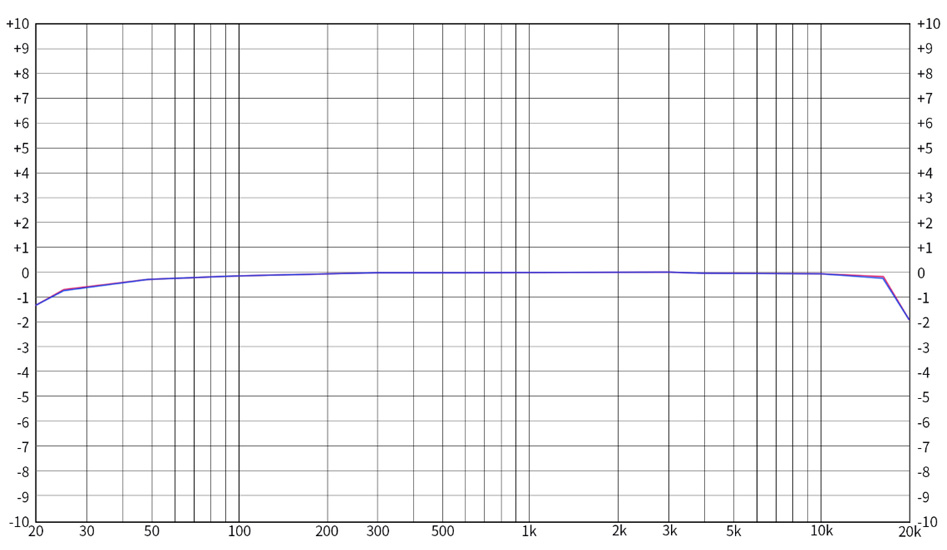
Frequency response curve #2
Test conditions : Bluetooth LDAC connection, -5dB sinusoidal signal, high gain, 96kHz 20Hz-20kHz, Jack 3.5mm headphone output (32Ω load)
Left channel : Red curve
Right curve : Blue curve
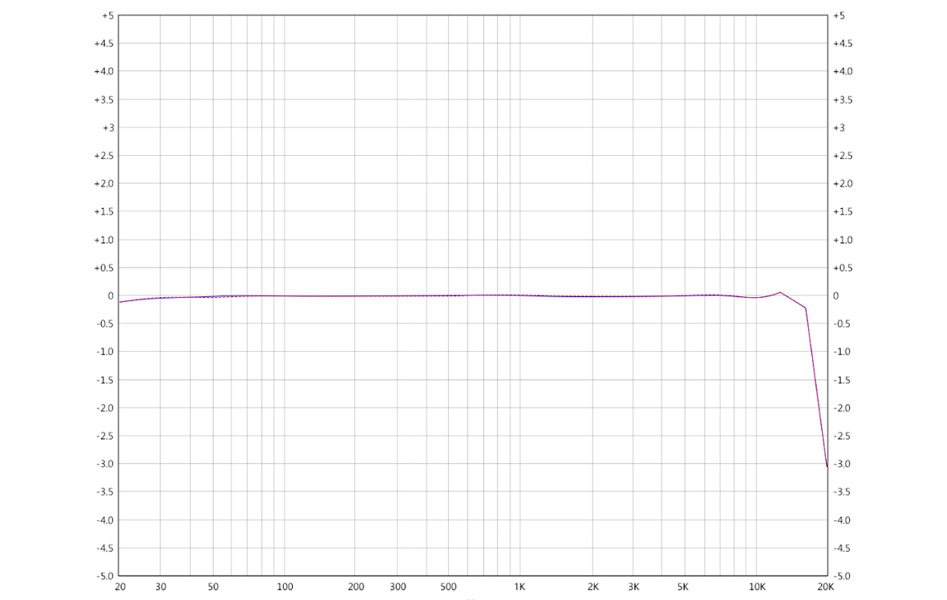
Frequency response curve #3
Test conditions : Bluetooth aptX HD connection, sinusoidal signal -5dB, high gain, 48kHz 20Hz-20kHz, balanced Jack 2.5mm headphone output (32Ω load)
Left channel : red curve
Right channel : blue curve
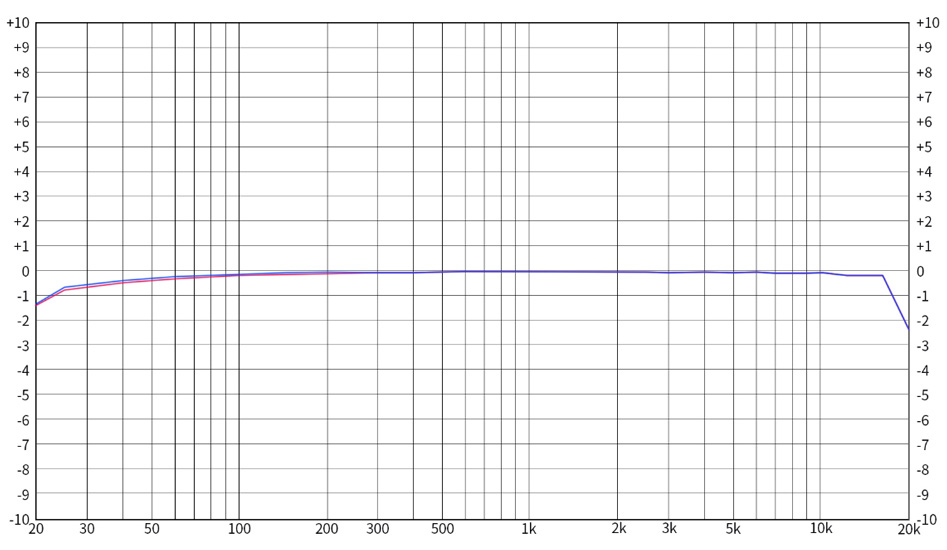
Frequency response curve #4
Test conditions : Bluetooth LDAC connection, -5dB sinusoidal signal, high gain, 96kHz 20Hz-20kHz, balanced 2.5mm jack headphone output (32Ω load)
Left channel : red curve
Right channel: blue curve
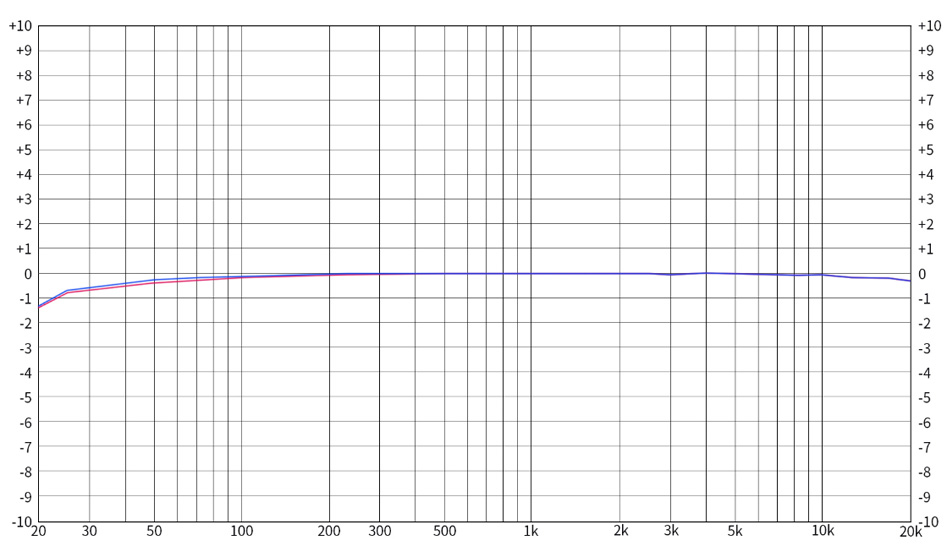
Frequency response curve #5
Test conditions : USB DAC, -5dB sinusoidal signal, high gain, 48kHz 20Hz-20kHz, Jack 3.5mm headphone output (32Ω load)
Left channel : red curve
Right channel : blue curve
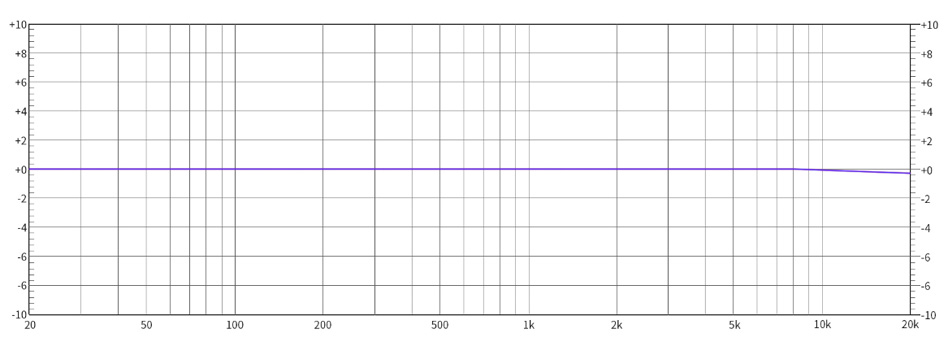
Frequency response curve #6
Test conditions : USB DAC, -5dB sinusoidal signal, high gain, 48kHz 20Hz-20kHz, balanced Jack 2.5mm headphone output (32Ω load)
Left channel: red curve
Right channel : blue curve
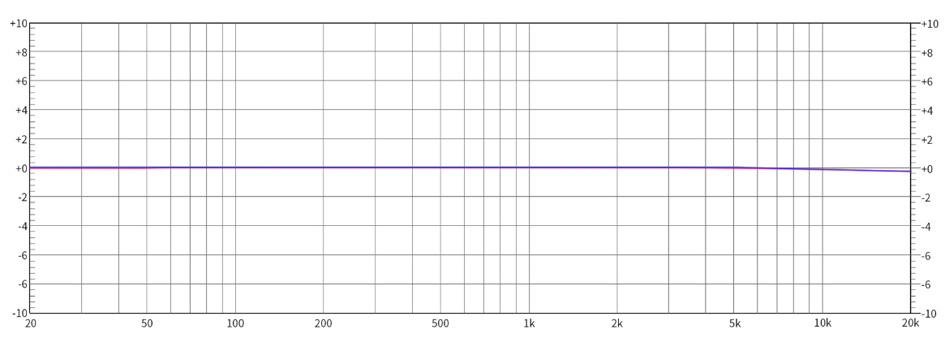
Average votes 5.0 / 5 2 reviews | Why write products reviews ? You can share your feelings about products and help other people by sharing your experience |
Gustav W.
Great produkt! Great sound, well made. Using it in my car and improves sound vastly. Highly recommended! Reconnects right away when I unlock the car
Peter S.
Hi!
Just tried with tidal + bluetooth + audeze LCD2C headphone. The sound is big, detailed, loud, maybe a bit dark. The stage is open, but the mono in front of me is not very clear. (It's hard to beat the Quad ESL57 speakers in this.)
I don't really believe that compressed bluetooth can be good, but it sounds way better than anything bluetooth.
I wonder what the symmetrical output can produce, altough I don't know wher I will get a good quality 4 pin 2.5 mm minijack...


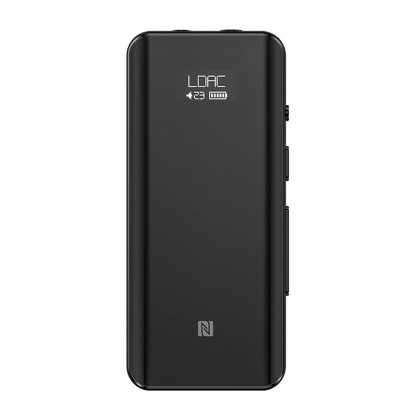











![[GRADE B] AUDIOPHONICS DAW-S250NC Class D Integrated Amplifier NCore NC252MP DAC ES9038Q2M WiFi Bluetooth 2x250W 4 Ohm](https://www.audiophonics.fr/61971-thumb_default/audiophonics-daw-s250nc-class-d-integrated-amplifier-ncore-nc252mp-dac-es9038q2m-wifi-bluetooth-2x250w-4-ohm-32bit-768khz-dsd.jpg)




















